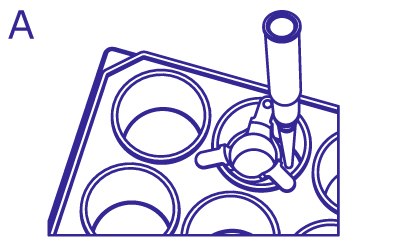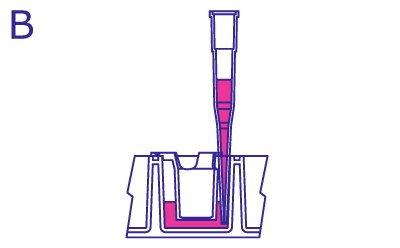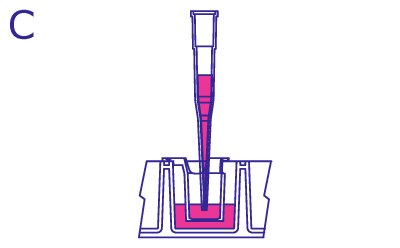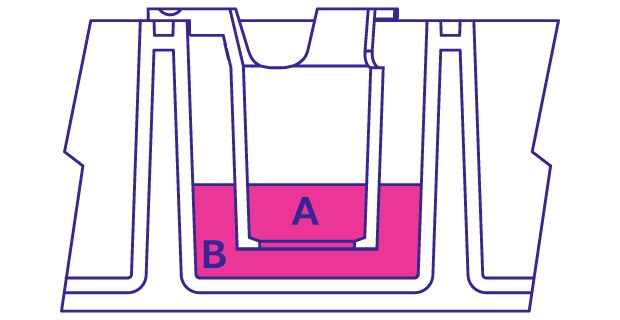Tips and Tricks for Choosing a Plate with Millicell® Hanging Inserts
Millicell® hanging inserts are ideal for 2.5D cell culture and co-culture applications because they do not have insert feet, which can disturb basolateral cultures. The inserts are compatible with a variety of tissues cultures plates but depending on the assay or application, considerations like plate height and optical clarity may help determine the best companion plate.
Here we present tips and tricks for choosing the Millicell® hanging cell inserts and companion culture plate for your cellular application.
Plates for cellular growth and barrier assays
Millicell® hanging inserts offer a wide variety of porous membranes to support cell growth. This design allows cells to access media and nutrients from both their apical and basolateral sides. Most cell culture plates with a well depth of ≥ 16 mm are compatible with Millicell® inserts. During incubation steps it’s important that the inserts rest flat on the top of the well and are not off balance.
We recommend plates from Greiner, Falcon® and Corning® for air-liquid interface (ALI), transepithelial electrical resistance (TEER), and migration and invasion assays.

Figure 1A.Schematic of replacing media while using Millicell® hanging inserts. A) Media replaced around the insert on the basolateral side from above.

Figure 1B.Media replaced around the insert on the basolateral side from the side.

Figure 1C.Media replaced on the insert on the apical side from the side.
Recommended volumes for Millicell® hanging inserts in various plates
Cell culture plates often vary by size and depth of their wells. When optimizing the volumes of a specific well plate for your application, the meniscus of the apical volume in the insert should be level with the meniscus of the basolateral volume (Figure 1C). This ensures equal pressure between both sides of the membrane. Our recommended apical and basolateral media volumes for Millicell® hanging inserts when used in four different brands of 24-well plates are shown in Table 1.

Figure 2.Drawn schematic from the side of a Millicell hanging insert within a well of a cell culture plate. The insert is filled a quarter of the way with media and labeled A. The well is a quarter filled with media and labeled B. These levels are the same.
Companion plates for imaging cells on clear Millicell® inserts
Decreasing the objective working distance has a large impact on the clarity of the imaging. It’s a good rule of thumb to use cell culture plates with shorter well height when imaging, as this allows both the insert and the membrane to sit closer to the bottom of the well during imaging.
We recommend Greiner cell culture plates and MatTek glass well plates (No. 1.5 Coverslip and 10 mm Glass Diameter) for imaging while using Millicell® hanging inserts. Glass plates from MatTek can increase the clarity of fluorescence images, specifically for images taken at higher objectives.
It is also helpful to place the Millicell® hanging 24-well inserts in a 6 or 12-well plate so that the insert rests directly on the bottom of the well.
For more detailed information on imaging procedures and sample data, please refer to our technical article on cellular fluorescence imaging using Millicell® hanging inserts.
To continue reading please sign in or create an account.
Don't Have An Account?